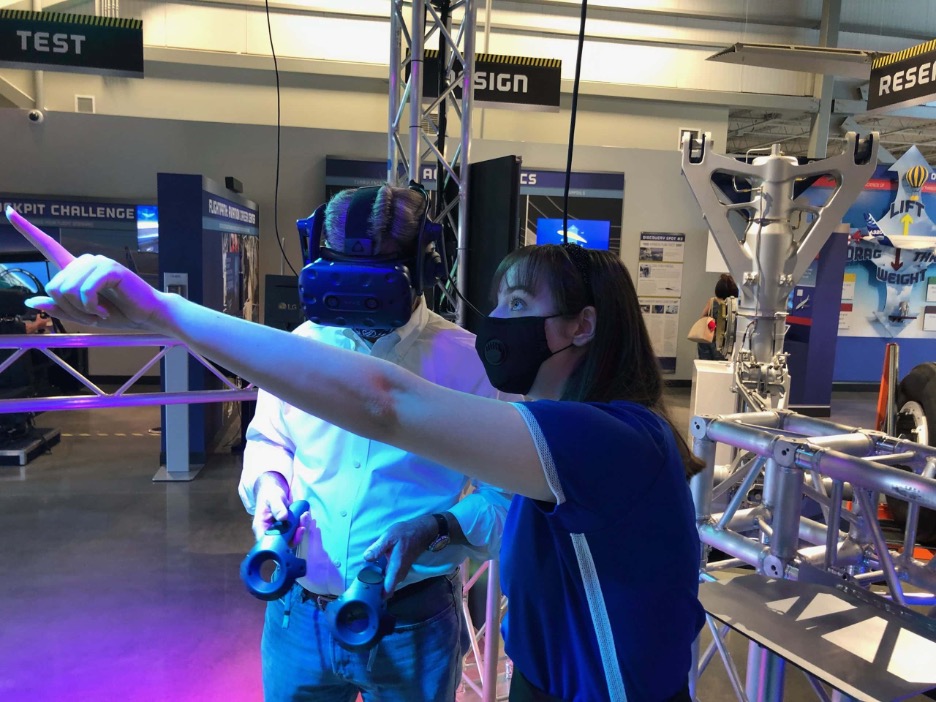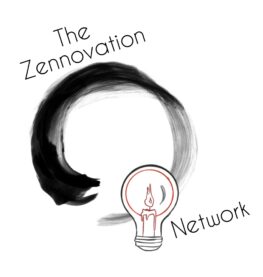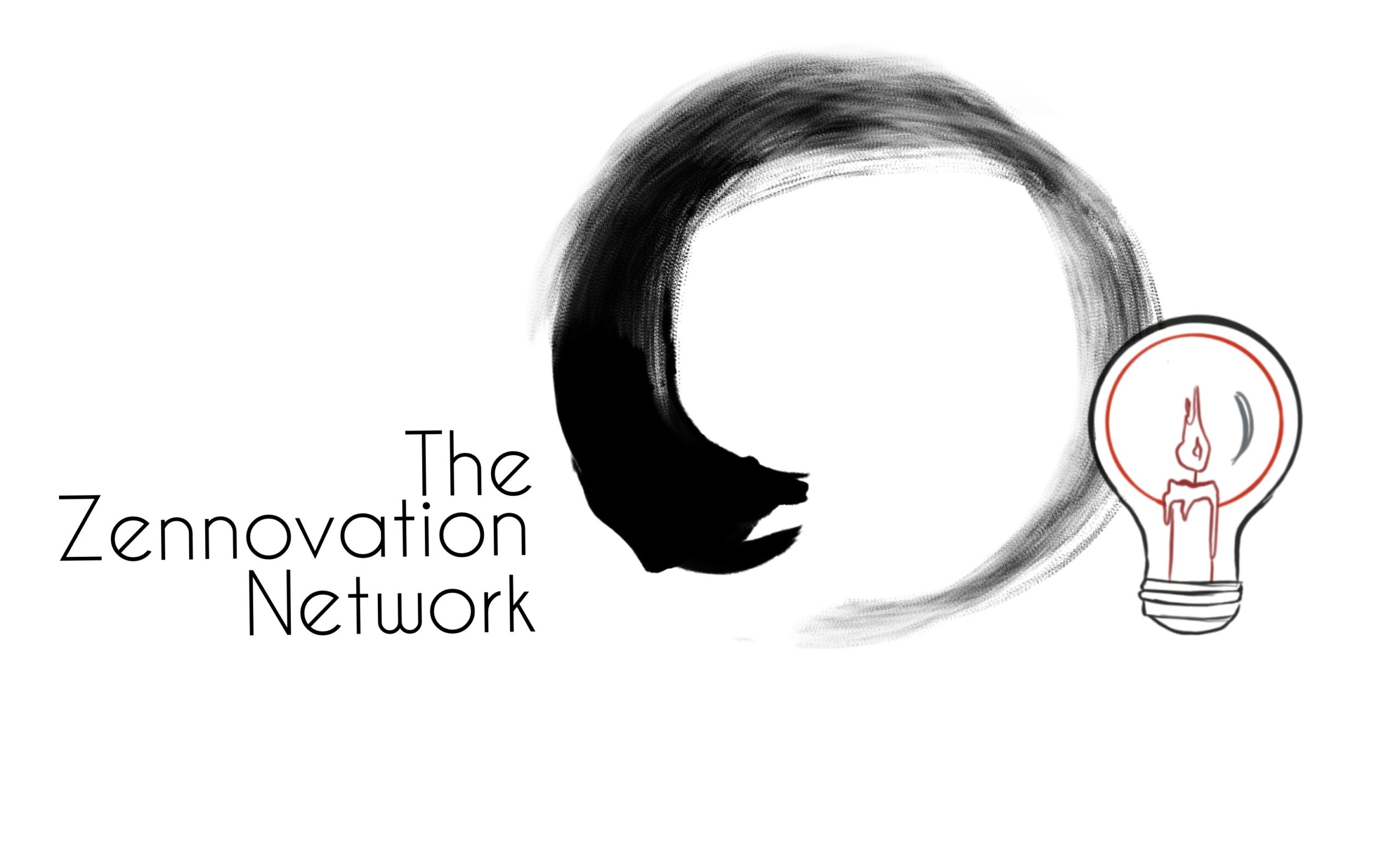
My grandparents never completely let go of the Great Depression. Mistrust of banks, obsessive frugality and a pervasive hyper-vigilance persisted for the rest of their lives-which in my Grandmother’s case extended well into the 1990s. The Great Depression, War, pandemic, hurricanes, economic recessions flat tires and hangnails all represent human inflection points. Our mental model of the world is constantly altered by “psychological viruses” that become generationally endemic.
And yet, people still seek new destinations, novel experience and the spiritual refreshment granted by exploration and play. After the Covid pandemic eased in 2021, we saw the release of the largest pent-up demand for travel, recreation and the vitality of live performance ever.
What happens next-whenever that is- has been called the “New Normal”-a label I find misleading because it implies there was an “Old Normal”. Physics, anthropology, sociology and even philosophy all offer demonstrations that the entire idea of something called “Normal” as a reliable and unchanging baseline construct underlying our experience-is bunk. “Normal” is wiggly. It moves and changes all the time. When I was a kid it was “normal” to roll down the window on the 1953 Chevy and toss a French-fry bag out the window. It was easy too, cause—no seatbelts. In the mid 70s, every meeting room came equipped with ashtrays and smoking was ubiquitous. In those meetings, there were very few people of color and almost no women. Not only are these things no longer “normal”, they’re abhorrent. If we must cling to a concept of “normal”, I prefer the idea of a fluid, continuum always delivering a “Next Normal” premised on the sum of all previous normal at the intersection of the unknown. It isn’t a destination, it’s a wide spot in an endless road full of potential.
The next chapter for human engagement will rely on understanding that the specter of one of the the panoply of manifestations we don’t prefer occurring remains, and we need to adjust our criteria. Here are some future design drivers that are key to engaging the “next normal”.
- Understand what is valuable now. As an example, during the Covid pandemic we discovered that, although the unemployment and inconvenience are difficult, we (and I mean our species) like quiet. We have a renewed appreciation for nature, for the uncontrived and for open space. We might have missed getting on a plane to travel but we didn’t miss the noise of them overhead. Developing dynamic models based on current and constantly changing information is essential and it may mean a big pivot away from comfortable legacies toward something fresh.
- We have rediscovered that we’re social beasts. We need each other and depend not just on the actual benefit of help raising the barn but of the belonging that enables it. Membership in and a sense of belonging to a community of common interest, respect, culture and mutual benefit turns out to be more important than food, sex, shelter or almost anything else. Community is less intimate than “Personal” but more intimate than “Public”. At its heart, it is the felt-sense that you can have a meaningful conversation with even one other person concerning something about which you both care. This connection turns out to be a critical factor in physical and mental health-span not to mention happiness. Technology is not the enemy of true community, but it needs to be the tool and not the artisan.
- This is a chance to re-think EVERYTHING. From a brand to business models, schools to shopping, standard operating guidelines to partnerships, the Next Normal is also (and perpetually) the Great Reset. These moments of inflection, of pause, when common forms undergo slight or complete dissolution, are opportunities to rethink, retool and reinvent. If your primary market can’t get to you right now, examine who can. Maybe it’s a whole new group of potential fans that was invisible before, including your local community. Too reliant on a single supply or distribution chain component? Every deal should be on the table for renegotiation. Most importantly, these moments are forced “time-outs” for every institution from preschool to national governments. Take advantage of that space to ask questions like: “What can we provide that no one else can?” “Looking ahead, how can we change and still offer distinction?” “What have we always thought would be great but have never tried?” What are the Next Needs and are there opportunities to provide them?
Historical events like The Pandemic of 2020 reshape the human world. They leave behind a deep chasm of grief, loss and suffering, economic damage that will take a decade or more to recover from and exacerbation of the weaknesses of our systems from social justice to supply chains. If there is a silver lining, these “disasters” also offer object lessons in how a soft, slow, clawless, fangless species—whose young are helpless in nature for a decade or more—conquered a planet, for good or ill. Humans are the Innovator Apes. We can assess conditions in the present moment, tell ourselves and each other stories about how things could be different, and take action to make those stories real. The way we engage each other in the act of play—something that more and more species are found to highly prize—may be the most powerful leading vector for constantly designing what next looks like.

